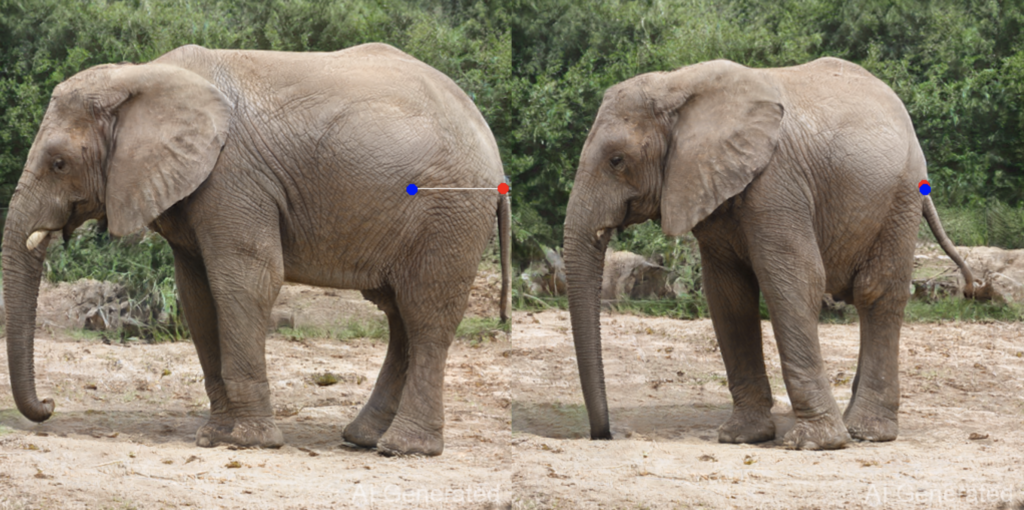In the evolving field of artificial intelligence, particularly within the domain of image editing, researchers at Nanjing University have developed a novel method named StableDrag in collaboration with Tencent. This method enhances the precision and ease of point-based image editing. In this technique, specific elements within an image can be moved to a different location by simply adjusting points on the image itself.
StableDrag directly responds to the limitations observed in prior AI-based image editing methods, such as DragGAN, DragDiffusion, and FreeDrag. While these predecessors laid the groundwork for interactive, point-based manipulation of images, they often needed help maintaining image quality and perspective correctness throughout the editing process. StableDrag introduces two significant improvements to address these challenges: a discriminative point-tracking method and a confidence-based strategy for motion supervision.

The discriminative point tracking method is a technical innovation that allows for accurately localizing target points after moving an element. Traditional methods typically track these movements through nearest-neighbor searches based on feature differences, which could easily be misled by background noise or similar elements in complex scenes. StableDrag’s approach, however, uses a learned convolutional filter that acts as a classification model, distinguishing the correct target points from potential distractors with higher precision. This method improves the accuracy of point tracking and enhances the reliability of dragging operations across various image types.

The second significant enhancement brought by StableDrag is its confidence-based strategy for motion supervision. This component of StableDrag assesses the quality of the editing process in real time, employing a confidence score to determine whether the ongoing manipulation maintains the high quality of the image. If the score drops below a certain threshold, the system automatically reverts to using the original features of the image for guidance, thereby preventing quality degradation. This approach ensures that the edited image remains as close to the original in quality as possible while allowing for significant modifications.
StableDrag’s ability to maintain image fidelity and perspective accuracy has marked it a significant advancement over its predecessors. It can easily handle a wide range of subjects, from human faces to inanimate objects like vehicles and natural scenes. The tool is designed to work equally well on photographs, illustrations, and AI-generated images, making it a versatile option for various image editing needs.

The emergence of StableDrag comes at a crucial time in developing AI technologies for creative applications. While AI image generation from text descriptions has seen remarkable progress, leading to the creation of highly realistic and detailed images, AI-based image manipulation needs to catch up in precision and user control. StableDrag fills this gap by providing a tool that combines the ease of use with the technical sophistication required for high-quality image editing.

Researchers behind StableDrag have announced their intention to make the source code of this method publicly available. They aim to foster further innovation and application in the field of AI-driven image editing. This move is expected to enable a broader range of users to explore StableDrag’s potential and contribute to its ongoing development.

In contrast to StableDrag’s approach, other companies like Apple are exploring alternative methods for image manipulation. For instance, Apple’s MGIE utilizes text prompts to effect changes within an image, focusing on adding, removing, or altering objects without precise point selection. This highlights a broader trend in AI research towards creating more intuitive and accessible tools for digital content creation, catering to a growing demand for technologies that simplify complex creative processes.
Like this article? Keep up to date with AI news, apps, tools and get tips and tricks on how to improve with AI. Sign up to our Free AI Newsletter
Also, come check out our free AI training portal and community of business owners, entrepreneurs, executives and creators. Level up your business with AI ! New courses added weekly.
You can also follow us on X